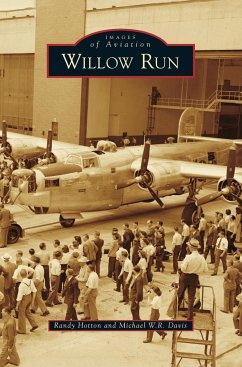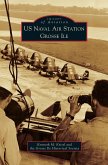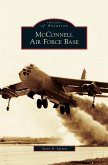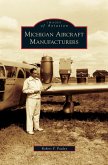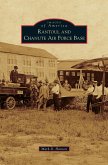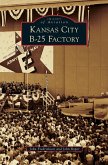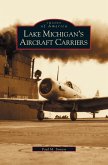In May 1940, Pres. Franklin D. Roosevelt called for the production of 50,000 military airplanes. He then drafted the president of General Motors, William Knudsen, to mobilize industry in the United States. The automotive companies were called upon to produce a massive fleet of bombers, as well as tanks, trucks, guns, and engines. By the Willow Run, a sleepy little creek near Ypsilanti, Michigan, Ford Motor Company built the world s most famous bomber factory, which was the ultimate manifestation of the automotive industry s role in building armaments during World War II. By the spring of 1944, Willow Run was producing a four-engine B-24 bomber each hour on an assembly line. With tremendous assistance from the Yankee Air Museum, this book presents a pictorial history of Willow Run during World War II."

